“An on-conclave of Rock Hill’s Scots – Irish Presbyterian heritage and history.”
City Directories and History: “The First Presbyterian Church lot adjoined the Russell lot on the east. That lot has never changed hands since the organization of the church on November 13, 1869. The church lot was purchased from Alexander Templeton Black, but the money agreed on in 1858 was not forthcoming until the congregation was formally organized in 1869. At that time Mrs. Ann Hutchison White paid the debt of $79 — and she paid Mr. Black with gold coins in the amount of $79.” [Robbins – White Tour History]
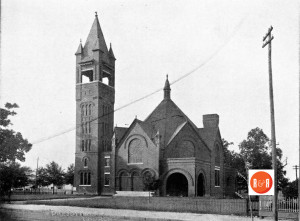
The YV Enquirer reported on Feb. 7, 1894 – “The Pres. Church in Rock Hill is considering the erection of a new church building to cost about $1,500.” – Image of the church in 1895. Courtesy of the YC Library.
Presbyterian Church Lot South—The area that became the village of Rock Hill was within the bounds of the congregation of Ebenezer Presbyterian Church in the 1850’s. In an effort to provide a house of worship for those members of the Church who lived in the southern portion of the parish, the Session (the ruling elders) of Ebenezer Church gave permission to build a chapel in the neighborhood of the Steeles and Workmans, three miles south of what is today Rock Hill, S.C. The chapel was built in 1854-55 in that location. But it was soon realized that the village growing up around the railroad depot called Rock Hill was the place where the church (chapel) should have been built. Accordingly, the Ebenezer officers gave their approval to moving Antioch Chapel to Rock Hill. In 1858 the little frame structure was negotiated onto logs. With the help of many laborers and many mules the chapel was dragged through the woods and along the early roads to the village of Rock Hill. It was placed on a lot (see the attached copy of Roddey’s 1851 plat) that had been purchased from A. T. Black on July 3, 1858, by three leading
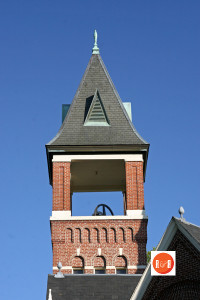
Images courtesy of photographer Bill Segars – 2007
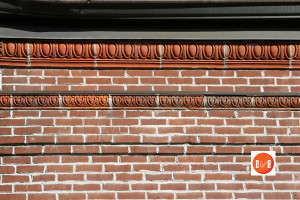
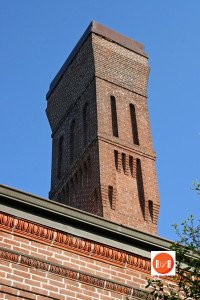
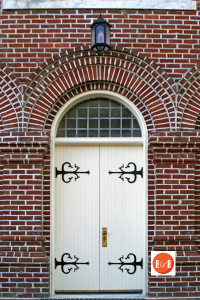 officers of Ebenezer church: Joel S. Barnett, William P. Thomasson, and James M. Johnson, M.D., (See receipt for his treatment of Mrs. A.H. White’s slaves in 1849). The lot fronted on Main Street 174’90”, or 175’. On Church (later Black) Street, the measurement was 51’06”. The western boundary was 346’50”; and the eastern, 367’62”. The lot to the west was owned in 1858 by Hugh Simpson. The land to the east was the property of Mrs. Ann Hutchison White. There was no street bordering the eastern side of the lot in the 1850’s—only the cotton fields of Mrs. White.
officers of Ebenezer church: Joel S. Barnett, William P. Thomasson, and James M. Johnson, M.D., (See receipt for his treatment of Mrs. A.H. White’s slaves in 1849). The lot fronted on Main Street 174’90”, or 175’. On Church (later Black) Street, the measurement was 51’06”. The western boundary was 346’50”; and the eastern, 367’62”. The lot to the west was owned in 1858 by Hugh Simpson. The land to the east was the property of Mrs. Ann Hutchison White. There was no street bordering the eastern side of the lot in the 1850’s—only the cotton fields of Mrs. White.
The deed from A. T. Black was a deed of trust, as follows: In Trust—for use and benefit of the members of the Presbyterian Church of Rock Hill, and to be called Rock Hill Church, and said to be used by the members of said congregation for a place of worship. In other words, if the site should ever be used for anything other than a place of worship for the Presbyterian Church of Rock Hill, then the property would immediately revert to the heirs of Alexander Templeton Black.
Members of the George and Ann H. White family generously supported the church for decades helping pay off debts, repair the church and purchase iron fencing as well as many other contributions. Mary Elizabeth White, for whom Elizabeth Lane is named, maintained a walking path from her home to the church’s front door well into the 20th century. Note the image of the White home [below] showing the church in the background.
The church was the work of architect, Mr. Charles Coker Wilson. [Information provided via Along the Land’s Ford Road – Vol. I, 2008 by William B. White, Jr.]
Ministers included: John G. Richards (1854-1858), William Thomas Hart (1859-1861), Henry Robt. Dickson (1862-1867 ), Robert English Cooper (1868-1881), James Spratt White (Supply 1882-1883), William Beatty Jennings (1883-1887), William Madison Anderson (1888 – 1892), Alexander Sprunt (1892-1901), Walter Lee Lingle (1902-1907), Alexander Martin ((1908-1913), Francis Whitlock Gregg (1913-1947), Henry Dockery Brown (1947-1956), Joseph Walker Everett (1957- 19___)
FIRST PRESBYTERIAN CHURCH HISTORY – Contributed and written by Paul M. Gettys
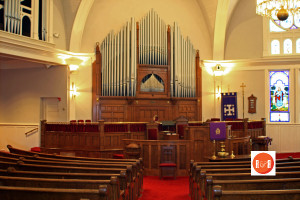
Images courtesy of photographer Bill Segars – 2007
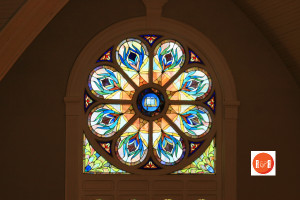
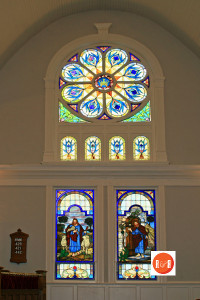
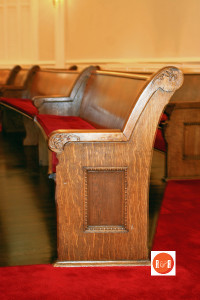
First Presbyterian Church of Rock Hill began as a mission work of Ebenezer Presbyterian Church in 1855 to serve residents of the new village of Rock Hill. The first site was on the Steele property south of Rock Hill and it was known as Antioch Chapel. Early supporters of the chapel were Mrs. Ann Hutchison White and her family. It is thought that Rev. John G. Richards, pastor of Ebenezer, preached one of the first sermons in the spring of 1855. As the village of Rock Hill grew, it was decided that the meeting place, in order to better serve the community, needed to be in the center of the new town. The present lot on Main Street was purchased from Alexander Templeton Black for $79 in 1858. The chapel building at Antioch was moved to the new site. In 1859, Bethel Presbytery met at the relocated Antioch, the first church court to meet in Rock Hill.
As the village of Rock Hill grew, the Antioch congregation expanded, and by 1859, fifty-two members of Ebenezer petitioned to organize a new congregation. The new church took the name of First Presbyterian Church of Rock Hill. Ebenezer’s minister continued to serve both churches. A new church brick building was completed in 1875. The old chapel was sold and moved to the southeast corner of Black and Saluda Streets, where it was used as a school until 1888. The first full-time pastor, Rev. William Beatty Jennings, was called in 1883.
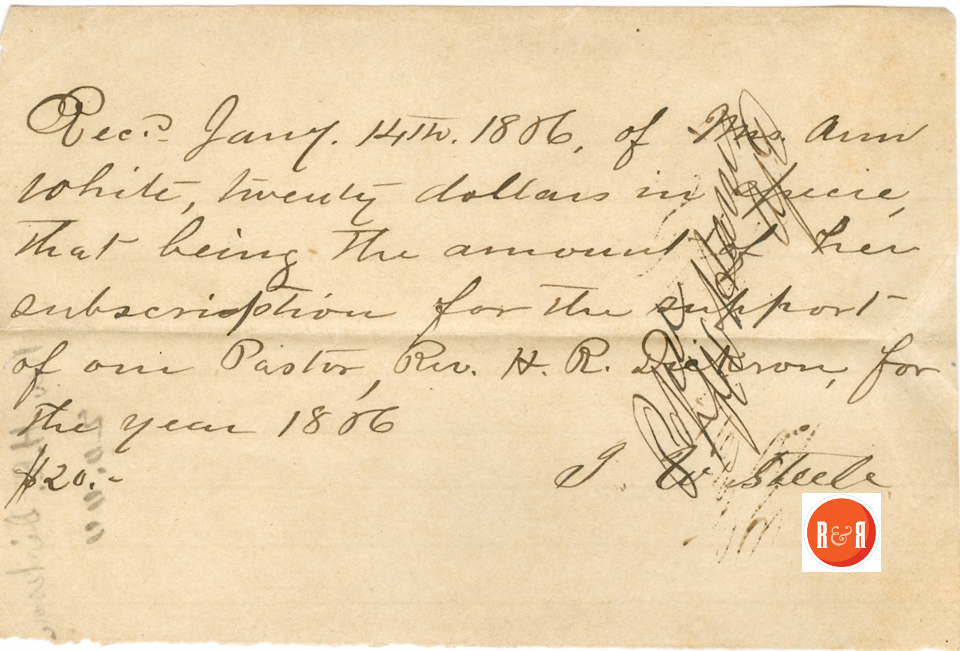
Receipt for payment of $20. for the support of the Rev. H. R. Dickson. It is unclear as to where Mr. Dickson preached. Courtesy of the White Family Collection – 2008
First Presbyterian Church was active in supporting the development of educational opportunities and new churches in the latter years of the Nineteenth Century. Chapels were started in mill villages and members of the church helped to start the first public graded school in Rock Hill in 1888 and the Presbyterian High School in 1891.
As the congregation continued to grow, a new sanctuary became necessary. Charles Coker Wilson (1864-1933) was selected as the architect. Wilson was one of the most important architects in South Carolina during the period. A native of Hartsville, he studied at the University of South Carolina and later did work at l’Ecole des Beaux Arts in Paris. His practice included extensive work on college campuses and a number of high schools, hospitals, homes, textile mills, hotels, and office buildings. He served as Architect for the State House in Columbia for a number of years, and was the founding president of the South Carolina Association of Architects (now the AIA). The design for the First Presbyterian Church was done early in Wilson’s career while he was practicing in Roanoke, Virginia, and reflects an eclectic mixture of Late Victorian design elements. Construction of the new church building was completed in 1895. In 1905, the first pipe organ in Rock Hill was installed in the church by local builder and architect Julian Starr.
The Yorkville Enquirer reported on Oct. 24, 1894 – “The construction continues on the new church building for the Presbyterian Church of Rock Hill. During the construction period, the church will continue to meet in the graded school building and will furnish the assembly room there with lighting and heating for the winter.”
The RH Herald reported De. 6, 1899 – “First Pres. Church recently raised the final amount of $5950. of the debt on their building and it is now paid in full.”
The Rock Hill Record of April 5, 1909 reported, “The Presbyterians have started planning a new church in Oakland Park. The officers of First Pres. Church feel it is time for a second church and have asked the congregation to consider raising at least $15,000.”
On April 26, 1909 the Record reported, “The congregation of First Pres. Church held a meeting Sunday on April 25 and voted to take immediate steps to build a new church in Oakland. ”
The Herald reported on March 16, 1922 – “A contract has been let by the deacons of First Pres. Church for a modern Sunday School Building at the rear of the church building.”
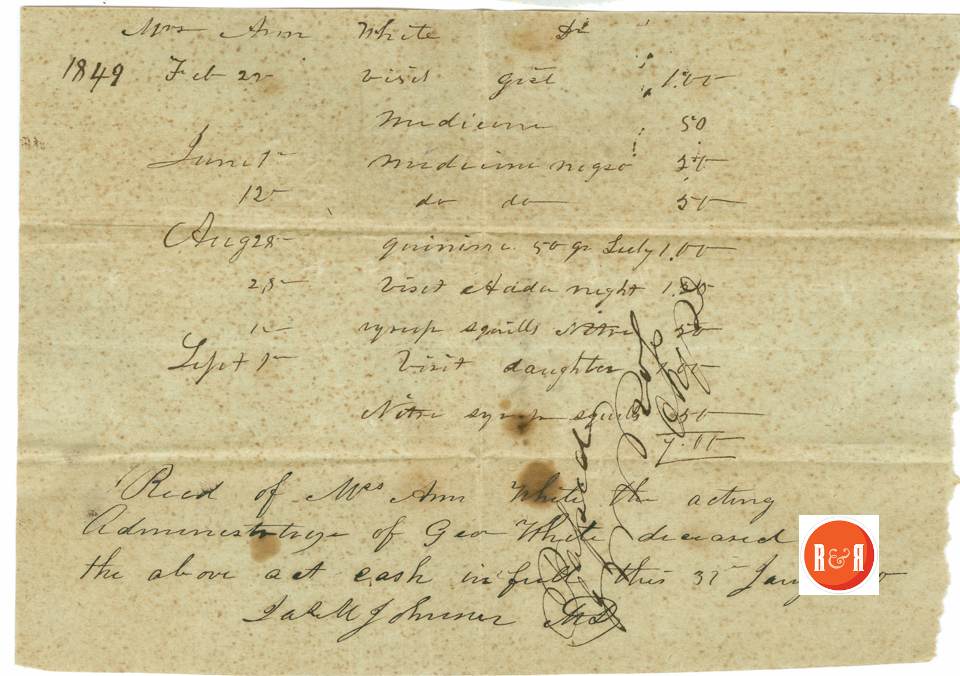
One of the officers of the church was local physician, J. M. Johnson, M.D., who often treated local citizens. This included the slaves of many local owners, including Mrs. Ann H. White’s slaves in the winter of 1849. Courtesy of the White Family Collection – 2008
Rock Hill’s First Presbyterian Church grew rapidly, and by 1910, it was the largest Presbyterian congregation in South Carolina. Over the years, three ministers of the church served as Moderator of the General Assembly, the highest office in the denomination. In 1913, Oakland Avenue Presbyterian Church was organized with 192 members from First Presbyterian. A new educational building was constructed in 1922, designed by Rock Hill architect A. D. Gilchrist. This building served the church until it was demolished and replaced by a new educational building and family life center around 2000.
An interesting event in the life of the church occurred on November 26, 1926, when a tornado ripped through downtown Rock Hill. Many
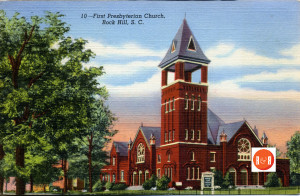
Postcard images courtesy of the Turner Postcard Collection – 2012
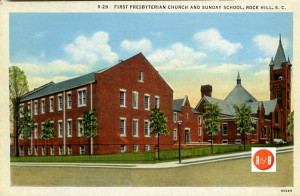 residences, commercial buildings, and churches were damaged. The bell tower of the First Presbyterian Church was toppled. It was soon replaced with a shorter tower.
residences, commercial buildings, and churches were damaged. The bell tower of the First Presbyterian Church was toppled. It was soon replaced with a shorter tower.
A.D. Gilchrist designed the education building in 1922 at a cost of $42,000. SC Architects: 1885 – 1935, Wells and Dalton, 1992
Alfred D. Gilchrist was born and educated in Manchester, England and came to America in 1900. In 1912 he arrived in Rock Hill and began practicing architecture. Several building can be attributed to him; Ebenezer School – 1921, Stevenson Theater, Oakland Avenue Pres. Church, and several buildings at Winthrop University. His son, William P. Gilchrist worked as a designer and draftsman with the firm. Following WWII, Gilchrist associated with W. Lewis Cook in the firm Gilchrist and Cook. That firm had buildings including: Woodland Un. Methodist
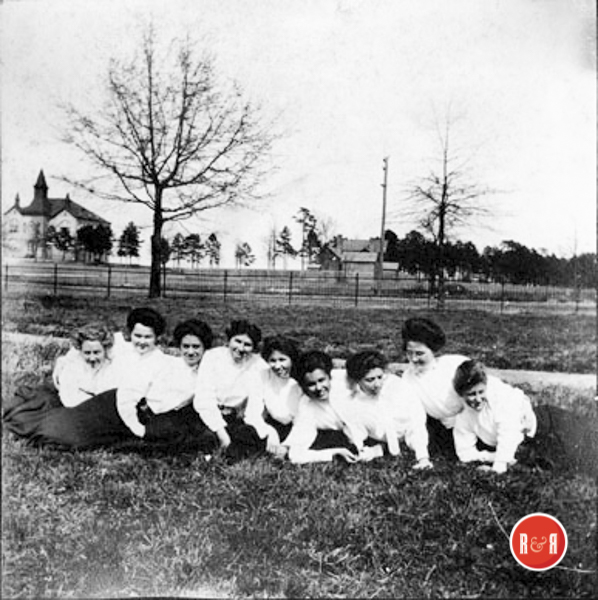
Image showing the original Presbyterian High School, left, later what would become, (WTS), in the background. Courtesy of the WU Pettus Archives – 2012
Church, Park Baptist Church and homes and schools. Ms. Bessie L. Garrison, Rock Hill Historical Research Papers #10 – 1952.
The Herald reported on Dec. 8, 1896 – “At the county sale in Yorkville, a one acre lot known as The Academy Lot on the corner of Black and Saluda Streets belonging to J. H. Neely was sold to R. Lee Kerr, cashier for $460.”
R&R Note: This is believed to be a Female Academy which was reported close to the Pres. Church. The City Without Cobwebs reported –“In 1873 plans were on foot to build a new Presbyterian Church to replace the old Antioch Chapel building, which had been moved from the suburbs of the town in 1858 and located on the site still occupied by the First Presbyterian Church. The chapel structure was offered for sale, and Rock Hill bought it for $900 from the Presbyterians in 1873 for use as a school. It was rolled from the church site on Main Street to the southeastern corner of Black and Saluda streets….” See image of building in The City Without Cobwebs – D.S. Brown, 1953.
Also see PDF history this page: GUIDE TO PRESBYTERIAN NAMES AND PLACES IN SC by J.B. Martin, III – 1989
Click on the More Information > link found below the picture column for additional data and plat of early Rock Hill and the 1st Pres. Church.
Click HOME to return to the numbered site tour of Rock Hill’s downtown.
Stay Connected
Explore history, houses, and stories across S.C. Your membership provides you with updates on regional topics, information on historic research, preservation, and monthly feature articles. But remember R&R wants to hear from you and assist in preserving your own family genealogy and memorabilia.
Visit the Southern Queries – Forum to receive assistance in answering questions, discuss genealogy, and enjoy exploring preservation topics with other members. Also listed are several history and genealogical researchers for hire.
User comments welcome — post at the bottom of this page.
Please enjoy this structure and all those listed in Roots and Recall. But remember each is private property. So view them from a distance or from a public area such as the sidewalk or public road.
Do you have information to share and preserve? Family, school, church, or other older photos and stories are welcome. Send them digitally through the “Share Your Story” link, so they too might be posted on Roots and Recall.
User comments always welcome - please post at the bottom of this page.
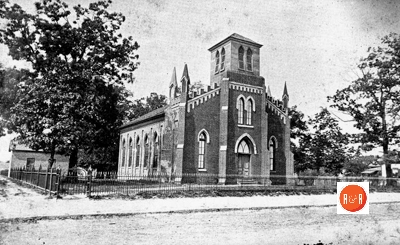
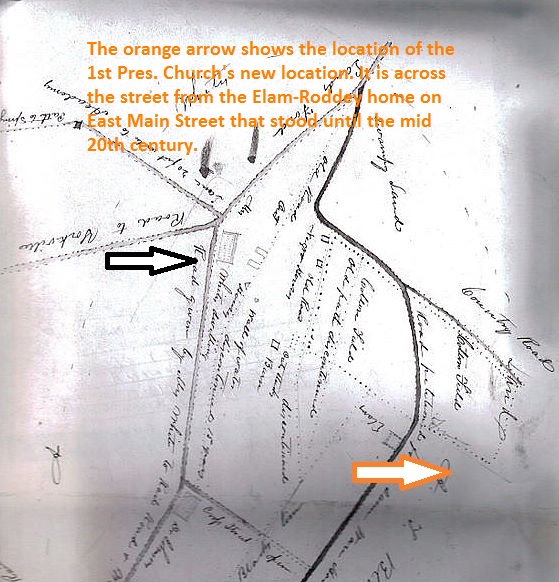
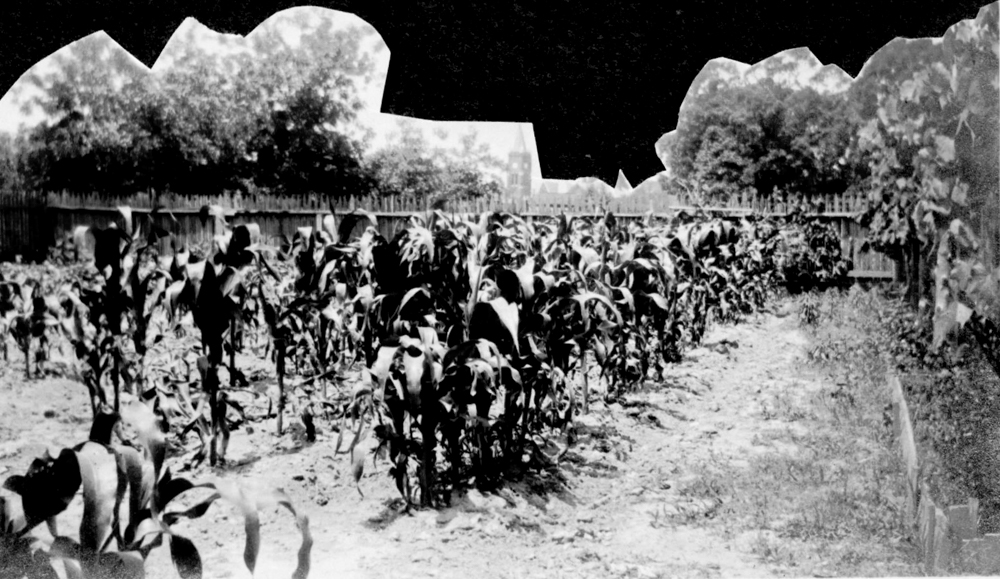
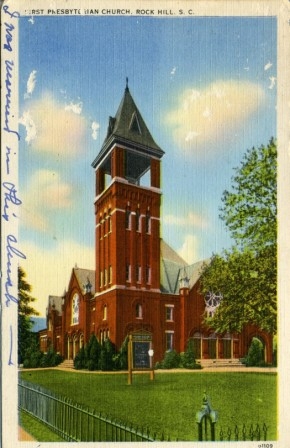
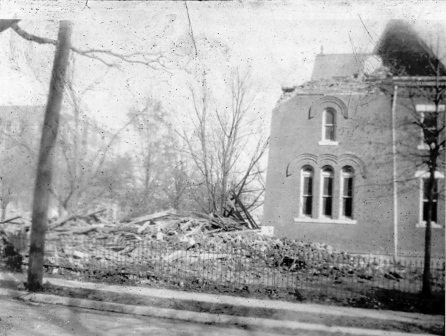
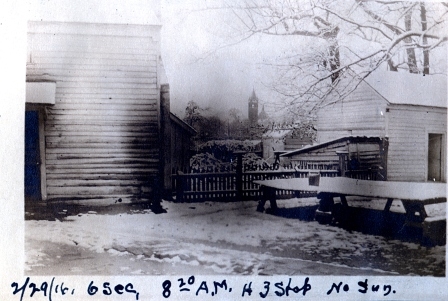
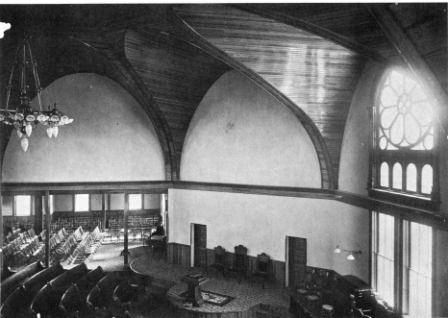
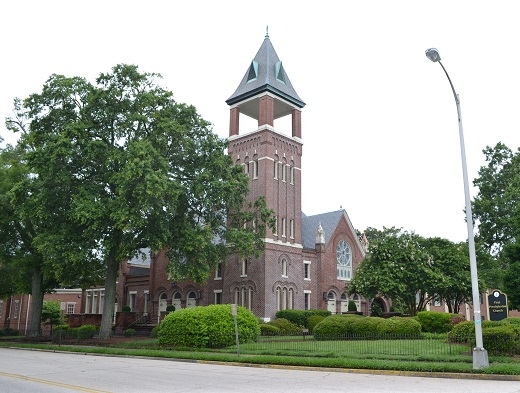
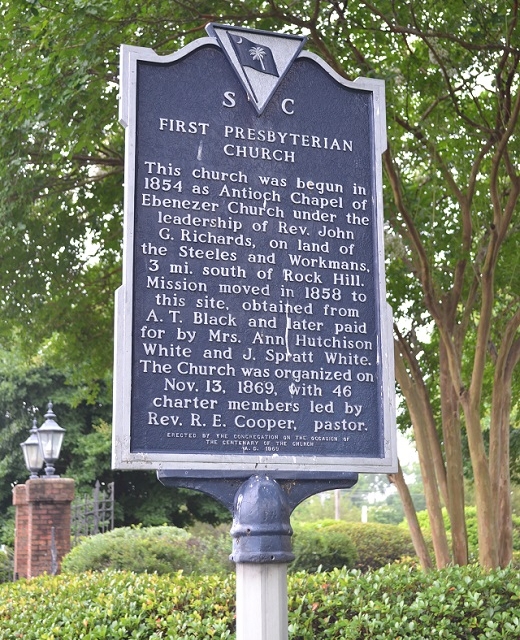
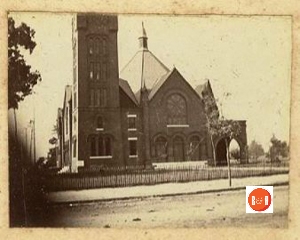
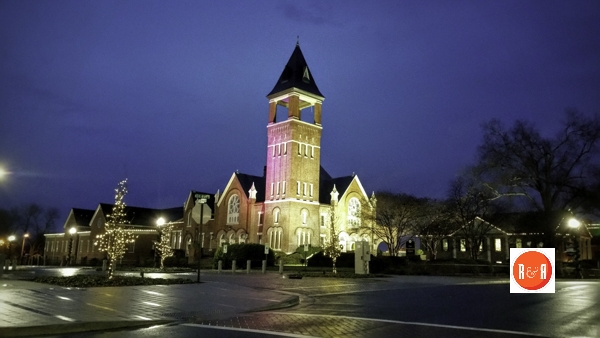





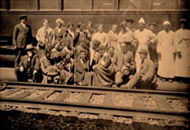
Share Your Comments & Feedback: